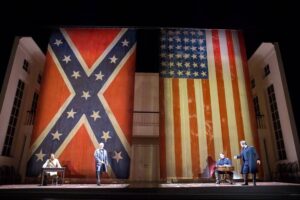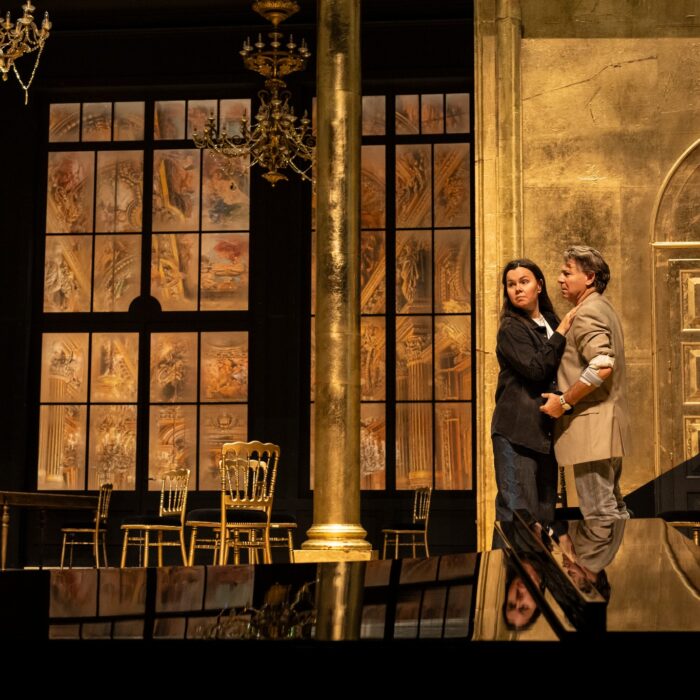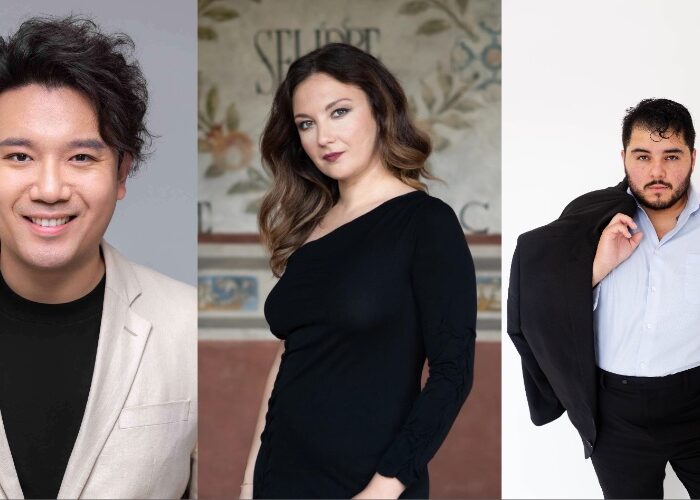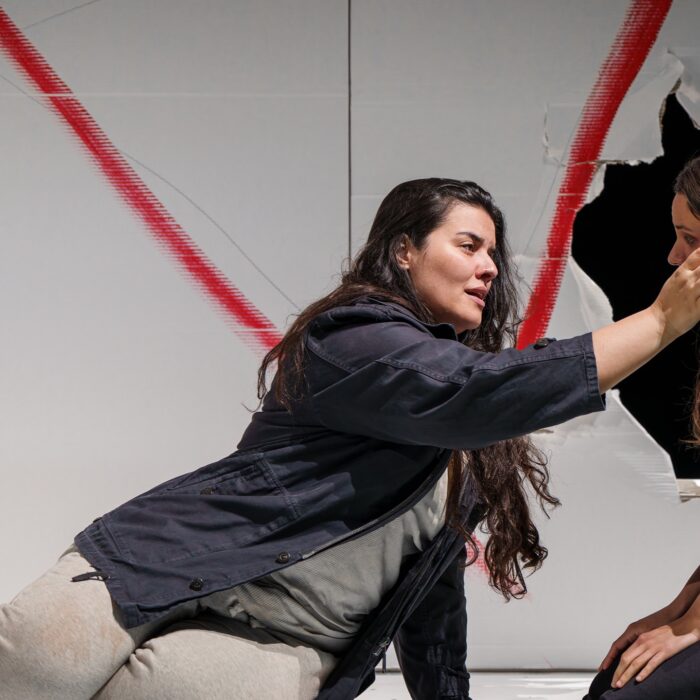
Trekking Through American Opera (Part One)
By John Vandevert(Photo Credit: Scott Suchman)
Throughout this new series, we will be looking at the history of American opera beginning in the 2000s to the present through a revisit of certain iconic works of the decade and OperaWire’s coverage of them throughout the 21st century. In this first part, we will look at the development of American opera during the 2000s, paying homage to six notable works. While not all of them are American per se, their influence on American opera can be felt today!
In the first decade of the new 21st century, American opera was being pushed to new heights and the beginning of what could be called “American grand opera” was in its heyday. After the emergence and subsequent exploration of musical styles like minimalism, chance (or aleatoric) music, as well as the expansion of electronic music and many different trends within the umbrella of “postmodern” and the “contemporary,” what was and was not considered opera began blurring. No longer bound by the rules of musical past, composers could now play with realms of noise and music, blending everything together or taking a completely new path all together like Sonntag aus Licht.
While the period from the 1970s to the late-1990s was governed by experimentations in styles, forms, techniques, aesthetic, and genre blending, in the 2000s the emergence of what is called polystylism and an eclectic mixing of classical music traditions from across the span of music history became the idee fix of the classical music world. No longer bound by the barriers of limits, music – at this point in history an equally contentious term, was thought to be composed only by the limited creative fire and practical ingenuity of the composer. During the 1990s, the inherited legacies of the Second Viennese School and the Darmstadt School resulted in everything from post-atonal composers to electronic music composers and to those embracing movements like New Complexity and New Simplicity. These movements questioned the need for aesthetic specificity itself! Further, the blending of “high” and “low” music, a misnomer for classical music and forms of (pop)ular music, found synthesis at the time through the “art music” world, as well as increased experimentation with using personal beliefs, politics, and traditions.
L’Amour de loin (2000)
The first opera of Kaija Saariaho (1952 – 2023), it became an instant success for the Finnish composer and soon captured the hearts of listeners around the globe. The opera’s path towards creation was a tricky and rather complex one. But in the end the opera became a hallmark of a new era of operatic writing. While not American, Saariaho’s influence on American opera is undeniable, the opera having made its Met premiere in 2016, with her final opera “Innocence” finding sobering resonance.
Ainadamar (2003)
Successfully performed from its premiere to the present, Argentine composer Osvaldo Golijov brought to the stage an eclectic mixture of musique concrète, traditional Catalan folk music, operatic singing, and intense dramaturgy. Brought to Detroit Opera in Michigan, the opera quickly captured the attention of the Metropolitan Opera. Telling the story of gay playwright Federico García Lorca and his murder, its impact is felt to this day.
Doctor Atomic (2005)
The fifth opera of American composer John Adams, the creator of other seminal works of American opera, the opera centers around the “father of the atomic bomb” Robert Oppenheimer and his work on the Manhattan Project. With the premiere held at San Francisco Opera in 2005, the opera spread throughout the world as a critical look at the event which changed the world. Adam’s opera rethinks the meaning of progress and what we do in its name.
Man on the Moon (2006)
While a less-known opera by the British operatic heavyweight Jonathan Dove, composer of the exceptionally popular opera Flight (1998), the “television opera” told the story of the Apollo 11 mission and Buzz Aldrin’s psychological state following its new-found fame. Commissioned by the British Channel 4, despite the opera’s non-American origins, it is a great example of how opera for television was redefined in the 2000s.
Appomattox (2007)
The eleventh opera of American composer Philip Glass, the neo-grand opera features an impressively large cast and centers around the conclusion of the American Civil War (1861 – 1865). The Union side versus the Confederate side is played out in two large acts, with the epilogue a lament to the rampages of war and destruction. Reception was mixed and its rediscovery in 2015 helped to update the story for contemporary times.
Rembrandt’s Wife (2009)
English-Australian composer Andrew Ford, with a large ouveure to his name, created the opera as a way to tell the story of the Dutch painter’s relationship with three women: His wife, his muse, and his former lover. Premiered in 2009, despite not being ‘American,’ the opera is a good example of the new way of operatic writing where history is reinterpreted through the lens of art, music, and creative imagination.
Categories
Special Features

